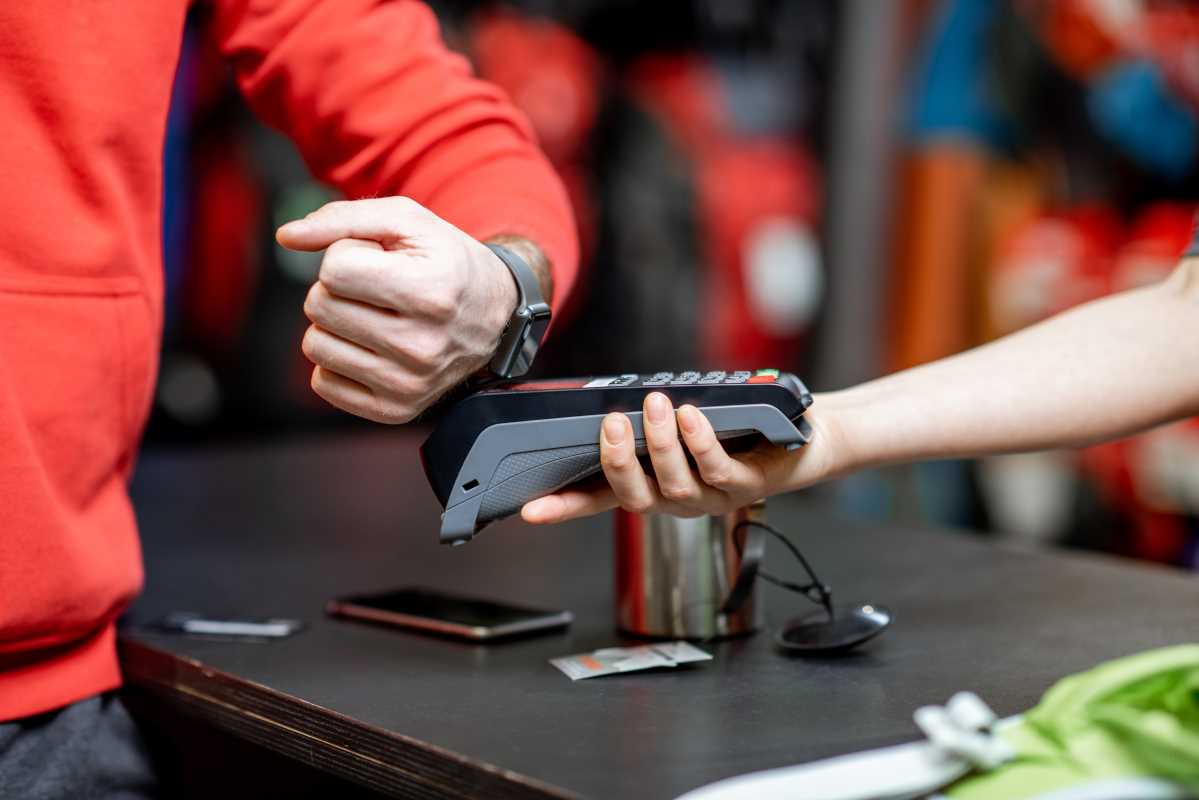Artificial intelligence (AI) assistants might once have seemed like something out of a sci-fi movie, but they’re very much a part of our lives now. Whether you're asking your phone what the weather's like, getting reminders about meetings, or controlling your smart home devices, AI assistants are everywhere. These helpers are designed to make life more convenient, and they’re doing a pretty good job at it. From Siri and Alexa to Google Assistant, these tools have integrated seamlessly into our routines, changing how we live, work, and communicate. But what exactly are AI assistants, and why have they become so popular? More importantly, how are they shaping the world around us?
This article will dig into what makes AI assistants tick, the ways they’re influencing our daily lives, and what the future could look like with increasingly advanced AI. Get ready to explore a world that’s becoming smarter by the second.
What Are AI Assistants?
First things first, what exactly is an AI assistant? At its core, an AI assistant is a software program designed to perform tasks or services based on commands or questions. Unlike other tools that might require you to type commands or use complicated software, AI assistants focus on natural interaction. You can often control them just by speaking conversationally, which is why they feel so user-friendly.
These assistants use AI to "understand" the context of your requests rather than just following pre-programmed instructions. This happens through technologies like natural language processing (NLP) and machine learning. NLP helps them interpret and respond to human languages, while machine learning allows them to learn and improve over time based on your usage. Ever notice how your assistant remembers your preferences or gets better at predicting what you want? That’s machine learning in action.
Everyday Tasks Made Easier
Most of us don’t have to think too hard about how we use AI assistants because they’ve become second nature. Here are some ways they simplify everyday life:
Managing Your Schedule
Need a reminder to text a friend, schedule a doctor's appointment, or attend a virtual meeting? AI assistants like Google Assistant or Apple’s Siri can track your calendar, send you reminders, and even notify you about traffic conditions before your commute so you're never late. For busy people juggling work, school, or family life, this can feel like having a personal assistant in your pocket.
Answering Quick Questions
How many ounces are in a gallon? What’s the fastest route home? What time is sunset today? Siri, Alexa, or Google has the answers in seconds. Instead of spending time searching online, you simply ask out loud and get what you need. It’s like having a librarian, weatherman, and calculator rolled into one.
Controlling Smart Homes
Smart home devices have skyrocketed in popularity, and AI assistants play a major role in making them work seamlessly. You can control lights, thermostats, smart locks, or security cameras just by speaking a command. Want to dim the lights without getting up from the couch? Want to check who’s at the door from your phone? AI assistants make it effortless.
Entertainment on Demand
AI assistants also make it easier to stay entertained. They can stream your favorite music, recommend new shows to watch, set up a playlist for a party, and even tell jokes to lighten the mood. Devices like Amazon Echo or Google Nest have become central hubs for homes, making it easier than ever to enjoy your downtime.
Online Shopping and Reminders
Ever run out of something and wish there was a quick fix? AI assistants can now replenish household supplies at your command. Alexa, for example, connects directly to Amazon, making reordering items as simple as saying, “Alexa, order more dog food.” Similarly, they can track your grocery list or help you save time by comparing prices online.
Are They Becoming Smarter?
AI assistants continue to improve because they're always learning from user feedback. But how does that work? Behind the scenes, these systems analyze vast amounts of data to refine their responses. For example, if a million users ask Alexa about pizza delivery and most people like a particular suggestion, Alexa will get better at recommending similar options.
Additionally, there are constantly evolving algorithms that help AI assistants pick up on new trends, phrases, or slang. This ensures they stay relevant and can communicate with you in increasingly natural ways. Developers also release updates regularly to expand the abilities of these assistants, from new languages to added skills that make them even more versatile.
Pros & Cons
The conveniences AI assistants provide are undeniable. They save time, make multitasking easier, and allow people to focus on what matters most. But their benefits go beyond just being useful gadgets.
For people with disabilities, AI assistants can be game-changing. Voice-activated systems enable hands-free control of devices, assist with navigation, and provide accessibility features that make everyday life more manageable. For example, visual impairments no longer stand in the way of reading text messages or managing appointments when you have a voice assistant guiding you.
AI assistants are also helping professionals across industries. Customer service departments now use virtual assistants to handle basic inquiries, freeing up human agents for more complex issues. Teachers and students use AI tools for research and organization. Doctors and patients are exploring ways AI can assist with monitoring health data or setting medication reminders. The possibilities are almost limitless.
While the rise of AI assistants is exciting, it also raises some important questions. One major concern people have is privacy. AI assistants collect a lot of data to function properly, from voice recordings to location details. This information helps them get smarter, but it also creates a risk if that data isn’t securely handled.
Another issue is the potential loss of jobs due to automation. While AI assistants don’t directly replace human workers, they do automate tasks that were once handled by people. This trend has sparked debates about balancing technology’s benefits with its impact on the workforce.
 (Image via
(Image via





